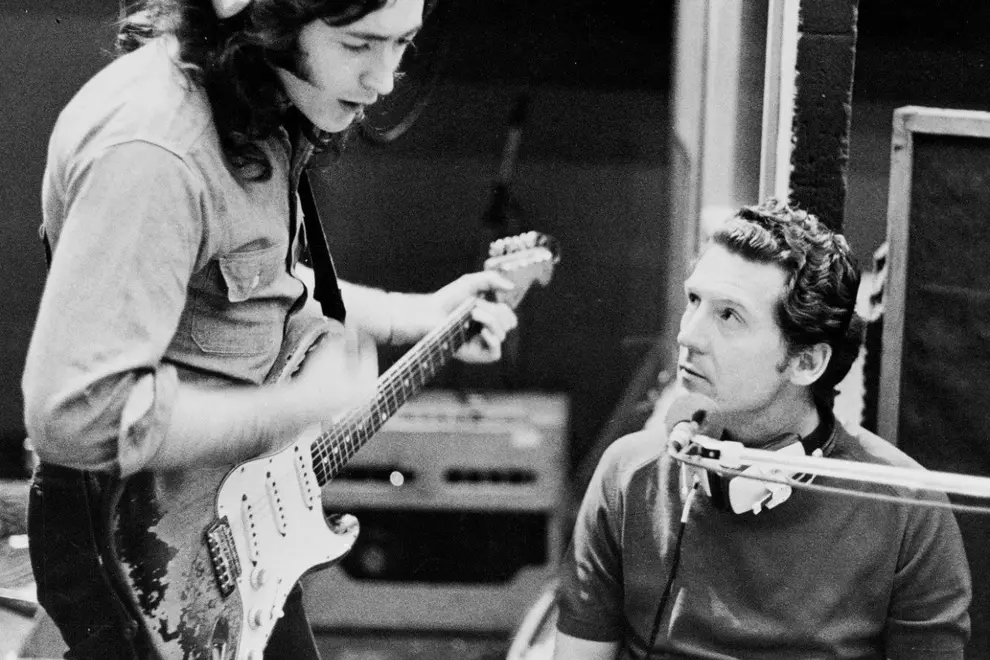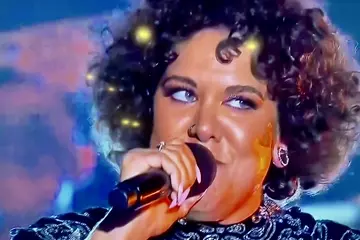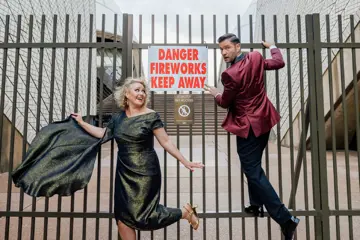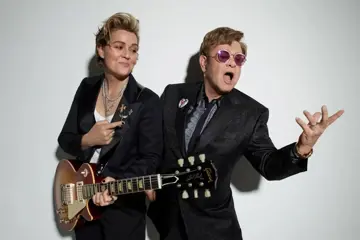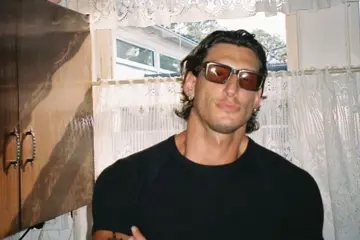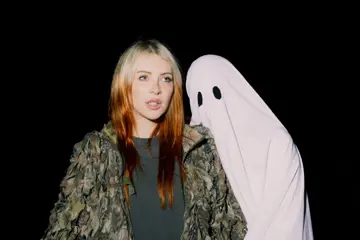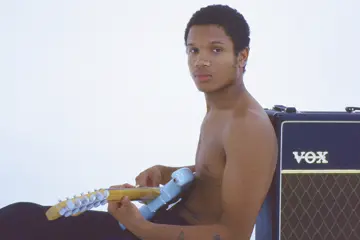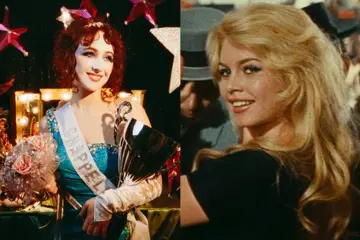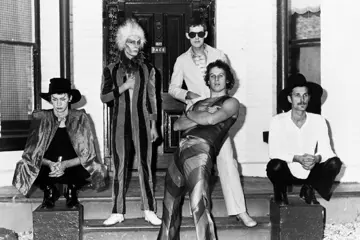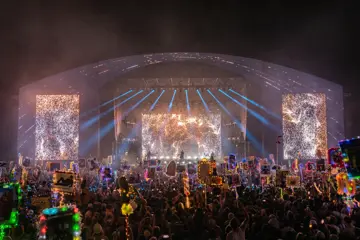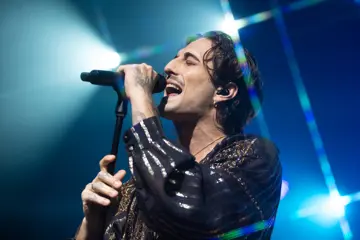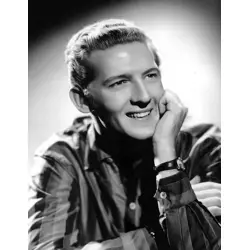 Jerry Lee Lewis
Jerry Lee LewisIt was February 1958, and a 10-year-old Melbourne boy named Ross Wilson was pestering his dad to take him to Festival Hall to see Jerry Lee Lewis and Buddy Holly & The Crickets.
"Thanks to [promoter] Lee Gordon, we saw it first after America, before the rest of the world," noted legendary Australian music critic Ed Nimmervoll. "Bill Haley, Jerry Lee Lewis, Little Richard, Buddy Holly … they all came here before they went to England and the rest of Europe. We got it straight from the source and responded accordingly."
That Festival Hall show would shape Wilson's life; he'd become a double ARIA Hall of Famer. "Paul Anka was also on the bill, but even then, I thought he was a wimp," Wilson laughed many years later.
Jerry Lee Lewis was also no fan of the 16-year-old American singer who headlined the shows because he was riding high in the charts at the time with Diana. Lewis's official biographer Rick Bragg says Lewis saw Anka "as an example of the slow softening and weakening of rock and roll, a purveyor of music that had no honky-tonk, juke joint, or even church in its makeup".
In Sydney, Lewis convinced Anka to have his first beer, telling him that the milk in Australia came from kangaroos.
"The [Melbourne] show started with Johnny O'Keefe going completely crazy," Wilson recalls. "These kids were going out of their brains watching the show. I was sitting way up in the bleachers, digging the scene. I think that might have influenced me."
Indeed, Wilson adds: "After that show, I used to have fantasies about being on stage."
Don't miss a beat with our FREE daily newsletter
Forty-eight years later, Daddy Cool covered Lewis's Whole Lotta Shakin' Goin' On for their third album, The New Cool. Wilson remembers it as "one of the first rock' n' roll songs I ever heard in my life. My friend, who I used to play with after school, his mum had a copy, and it's one of the greatest rock songs ever."
After Lewis's death, Wilson tweeted about his first concert, saying: "Awesome. Thanks Dad."
For another Aussie legend, Leo Sayer – well, he became an Australian citizen in 2009 – it was Jerry Lee Lewis' 1957 smash Great Balls of Fire that changed his life. He stole money from his mum's purse to buy the record.
"My father would never have allowed me to have that record," Sayer explains. "In fact, we didn't even have a record player. I bought it so I could take it around to another friend's house, and maybe they would grow to like me because I owned a Jerry Lee Lewis record.
"This record was so dangerous. I was just a little kid, and it was a very dangerous item – it was like carrying porn around or a marijuana joint. If you got caught with this record, boy … It was a scary thing to own, but it was also thrilling. It was the first rebellion in my life."
A devout Christian, Jerry Lee Lewis was worried that his sinful songs would lead his audience – and himself – to hell.
On that first Australian tour, no one knew that Lewis had married his 13-year-old cousin Myra the previous year. When the story broke in May 1958, Lewis's career never recovered.
The marriage lasted until another Australian tour in 1970, when Myra filed for divorce, citing adultery and abuse. Lewis denied the abuse but admitted his infidelity was "hard to hide".
Lewis's support act in Sydney and Adelaide for that tour was Fraternity – fronted by Bon Scott. They quickly bonded and became drinking buddies, with Bon discovering that Lewis would hide bottles of bourbon in his boots.
Malcolm and Angus Young also loved Jerry Lee Lewis. The first time Angus went to the offices of rock paper Juke, he was more interested in looking through Lewis's press clippings than doing the interview.
AC/DC's finest biographer, Murray Engleheart, says Bon would play Lewis's High School Confidential and Great Balls of Fire for Angus, "who probably didn't have the heart to tell him he already knew those songs intimately".
Angus has said that AC/DC's R.I.P. (Rock In Peace) was Malcolm's idea – in defence of and dedicated to old rockers like Jerry Lee Lewis who found themselves on the wrong side of the law. The song even namechecks Jerry Lee.
At his Sydney show in 1970, Lewis was reunited with an old friend from Bible college, Pearry Lee Green, who was in town for a religious convention. Lewis invited Green to sit on the piano bench with him. "You're going to be surprised," Lewis told the crowd, "but I was going to be a preacher."
Lewis and Green had both attended the Southwestern Bible Institute in Waxahachie, Texas. But Lewis was expelled after a "singspiration" performance of My God Is Real, which was deemed to be a little too up-tempo. "You've driven these young people crazy," the college dean told him.
At that Sydney show, Lewis sang a hymn from his childhood. "I'm going to tell you something; he had every kid in that place crying," Green told Rick Bragg. "I don't think in my life I've ever seen that many young people with tears in their eyes. Jerry Lee's voice just melted their hearts. If I'd been preaching, I'd have given an invitation for salvation."
After his first Australian tour, Lewis recorded a version of Johnny O'Keefe's Wild One as Real Wild Child (the song was renamed in the US to avoid confusion with the Marlon Brando movie The Wild One).
Dave Graney was another Aussie artist who dug Jerry Lee Lewis. I once asked Graney the perennial "Beatles or Stones" question. "I would probably play many other rock groups before either of them," he replied. "The Doors slayed everybody, and so did Jerry Lee Lewis."
Graney referred to Lewis as the "Meat man" in Rock' n' Roll Is Where I Hide, a song about a secret agent working undercover as a rock singer.
When news of The Killer's death broke, Graney tweeted:
"RIP Jerry Lee Lewis. Inspirational nut. Best hair, best clothes, best attitude. The Killer Rocked On! Who's gonna play that old piano?"
Christopher Hollow, a music writer and bass player with Melbourne band The Sand Pebbles, had a great description of Jerry Lee Lewis's vocal approach: "He sang like he was crash-landing flamed-out fighter planes."
In 2002, Hollow interviewed Sam Phillips, the founder of Sun Records. "You came in contact with some very wild characters during your time," Hollow said. "The bug-eyed Ike Turner, the brooding Johnny Cash, unhinged rockabilly cats like Sonny Burgess and Billy Lee Riley, to the mad-as-a-cut-snake Jerry Lee Lewis. Who was the wildest?"
"Wildest character?" Phillips replied. "That's a good question, young man. Everybody's wildness is manifest in a different way. Dealing with these young people, of course, they were hungry to do something they'd never been given the opportunity to do before."
Jerry Lee Lewis' final Australian triumph was in 1989 when he was part of a "legends of rock" tour hosted by Col Joye and featuring Chuck Berry, Bo Diddley and the Everly Brothers.
In Melbourne, Lewis finished a pulsating version of Great Balls of Fire by flinging his piano bench across the stage.
Explaining the move many years later, Jerry Lee Lewis said simply: "You give 'em what they want."

